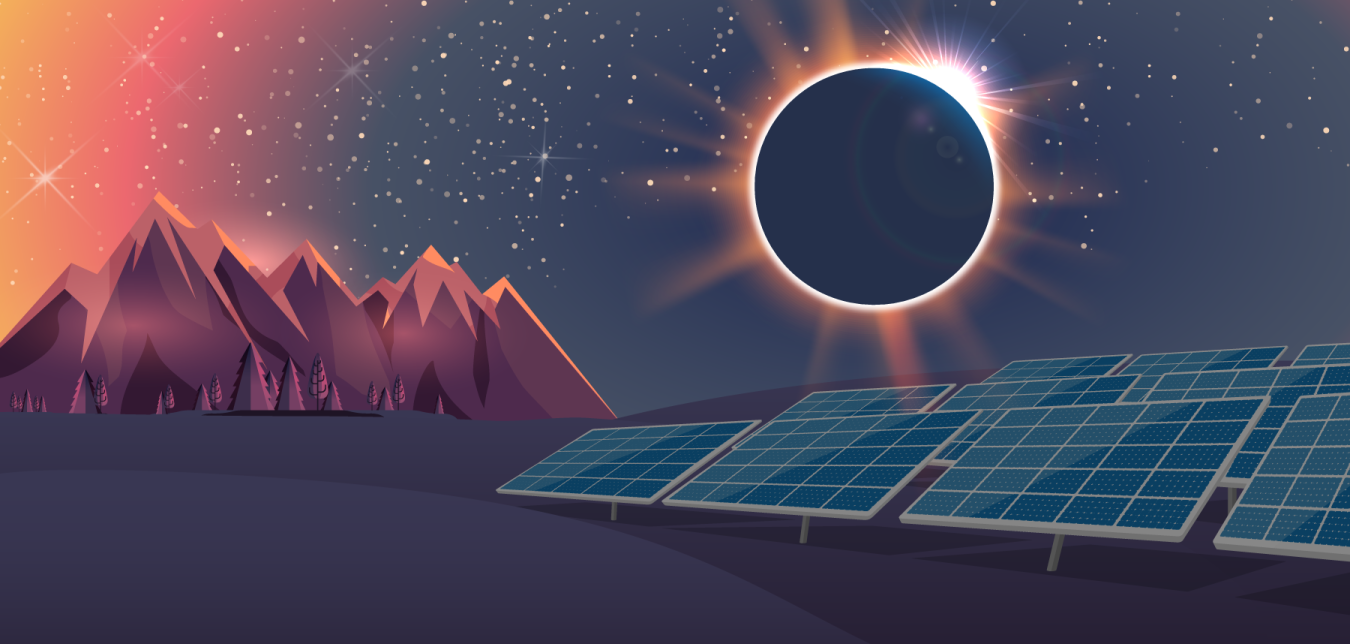
The total solar eclipse that happened this past August was the first of its kind in nearly a century, traveling from coast to coast across United States. Given the significant amount of solar energy generation that has been added to the nation’s electric grid since this last occurred, this eclipse served as a way to gauge the impact of eclipses and other major weather events on solar generation and the reliability of grid operations. As it turns out, because natural gas and hydropower both worked to fill the void in available solar energy while the moon blocked the sun, the impact was minimal according to a new report released by the National Renewable Energy Laboratory (NREL).
Months before the eclipse happened, a collaborative effort between the Solar Energy Technologies Office, NREL, and Peak Reliability, a company that coordinates electric grid reliability in most of the Pacific and Mountain Time zones, developed a framework to study the eclipse. The research team focused on accurately estimating the amount and speed of solar generation reduction due to the eclipse as well as how the other generators would be re-dispatched to compensate for the solar generation loss. In addition, they ran simulations under various scenarios to assess the stability and reliability of grid operations during the eclipse.
This work proved to be valuable in preparation of the actual eclipse event. It is estimated that the drop in utility-scale PV was between 4 and 6.5 gigawatts at the peak of the eclipse, with the overall loss of energy between 5.5 and 11 gigawatt-hours. Estimations from the pre-eclipse analysis match the observed values.
The research team gathered much more data for this report, including system loading, transmission flows, and generation by fuel types and by utility areas. As the amount of grid-connected solar energy continues to grow, this study will play an important part in enabling bulk grid operators, the utility industry, and researchers to handle weather-related events and other large-scale disturbances in the future.
Read the study from NREL and learn more about our systems integration research.
Learn More about Solar and the 2017 Solar Eclipse
The 2017 total solar eclipse is the first eclipse in nearly a century to span the United States. Learn more about its impact solar generation.
Learn More
While only lasting about two minutes in each location, the eclipse will dramatically decrease output of photovoltaic power plants across the U.S.
Learn More
Solar power is booming in the U.S. So what happens when the sun disappears during the total solar eclipse on August 21, 2017? We talk to the energy experts.
Learn More
Solar eclipse mania is sweeping across America and for good reason. Here are a few things to keep in mind as the big day approaches.
Learn More
